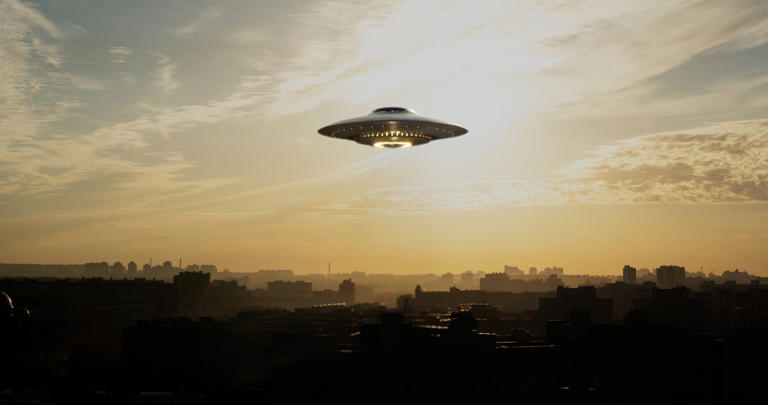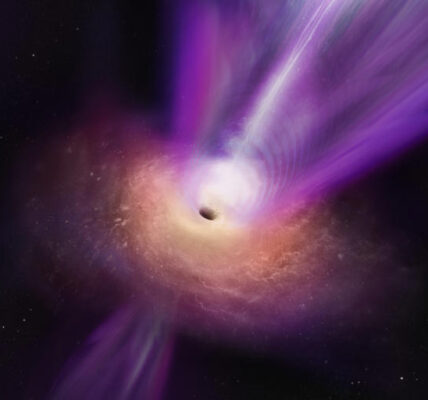Astronaut UFO Sighting: A Puzzling Encounter in Space
In June 1965, astronaut Jim McDivitt embarked on a historic journey aboard NASA’s Gemini 4 mission, set to conduct the very first spacewalk. Little did he know, this mission would become famous for an unexpected reason—a mysterious encounter with an unidentified flying object (UFO).

© NASA
The Mysterious Encounter
During his time in space, McDivitt reported seeing an unusual object that he likened to a “beer can” flying past his spacecraft. He described it as a white cylindrical shape with a protruding pole, resembling a beer can with a smooth pencil sticking out. The sighting occurred while his partner, Ed White, was asleep and he was drifting through the silent expanse of the black sky.
Photographic Evidence
Intrigued and cautious, McDivitt grabbed two cameras and managed to take several photographs of the mysterious object. His excitement grew, anticipating what these photos might reveal about the strange phenomenon he had witnessed.
Underwhelming Results
When the photos were eventually released to the public, they failed to capture the clarity and detail that McDivitt had hoped for. Instead of providing concrete evidence of the UFO, the images appeared blurry and ambiguous, earning them the nickname “tadpoles” due to their indistinct appearance.
Searching for Answers
Despite thorough analysis of the photographs and consultations with experts, no definitive conclusion could be drawn regarding the identity of the object McDivitt saw. Speculation swirled, and the incident became a topic of fascination and debate among UFO enthusiasts and skeptics alike.
Unveiling the Truth
Years later, in 1999, McDivitt himself shed light on what he believed to be the true nature of the mysterious sighting. He speculated that the object was likely a reflection caused by bolts in the spacecraft’s windows. These windows were designed with multiple panes of glass to ensure the integrity of the spacecraft’s pressure, and under certain lighting conditions, reflections from these bolts could create optical illusions.
Reflections and Optical Illusions
McDivitt described how sunlight striking the windows could multiply the images of these bolts across the different panes of glass. This optical phenomenon, he concluded, was the most plausible explanation for the “beer can”-shaped UFO that had puzzled him and intrigued the public for so many years.
Conclusion
In retrospect, what initially appeared to be a close encounter with an otherworldly object turned out to have a more down-to-earth explanation. Astronaut Jim McDivitt’s experience serves as a reminder of the complexities of perception in space and the challenges of identifying unfamiliar phenomena in the vastness beyond our planet.
Continued Interest
Despite the rational explanation provided by McDivitt, the incident continues to spark interest and speculation within the UFO community. It remains a compelling chapter in the history of space exploration, highlighting the mysteries and wonders that astronauts encounter as they journey beyond Earth’s atmosphere.
ALSO READ:
“Early Universe Galaxies: 5 Mind-Blowing Discoveries”



